On February 24 (the full moon of January, the year of the Dragon), the People's Committee of Gia Hung commune (Gia Vien district) organized the opening ceremony of Cat Dun temple festival in 2024. A large number of people and tourists from all over came to worship and offer gifts.
According to legend, since ancient times, a rare and strange thing has happened in this cave. Every year in the eighth lunar month, sand from the mountain cave is pushed out of the cave entrance. Legend has it that the shape of the sand pile predicts what may happen during the year. If the sand pile is shaped like a rice pile, that year will have favorable weather, good agricultural production, and prosperity for the people; if the sand pile is shaped like a dike, it predicts heavy rains, floods, etc. By the third month of the following year, all the sand will be sucked back into the cave.
Seeing something strange, the people built a temple to worship Lord Son Lam and Duc Cao Son Thanh Hoang. The temple was built on a rock cavity, below was a deep cave, which still exists today. Here, many valuable cultural artifacts are still preserved, especially the set of artifacts "Khiet Dun Tu 36 Que" written in Han Nom characters, carved on Thi wood, Bao Dai Ngu Nien era.


The Cat Dun Festival is held on the full moon day of the first lunar month every year. With its solemn and respectful organization, the festival has attracted a large number of local people and tourists from all over to come and worship, praying for a year of favorable weather, good crops, a prosperous, peaceful and healthy life.
Organizing the annual festival has also contributed to preserving and promoting the historical and cultural traditions of the nation, while promoting the potential and socio -economic strengths, unique cultural features, relics and scenic spots of Gia Hung land and people.

In the coming time, Cat Dun Temple will continue to be cared for, preserved, embellished, and well-organized by the locality in terms of festival and tourism activities... to be worthy of its stature as a provincial-level historical relic site.
Dao Hang-Minh Quang
Source


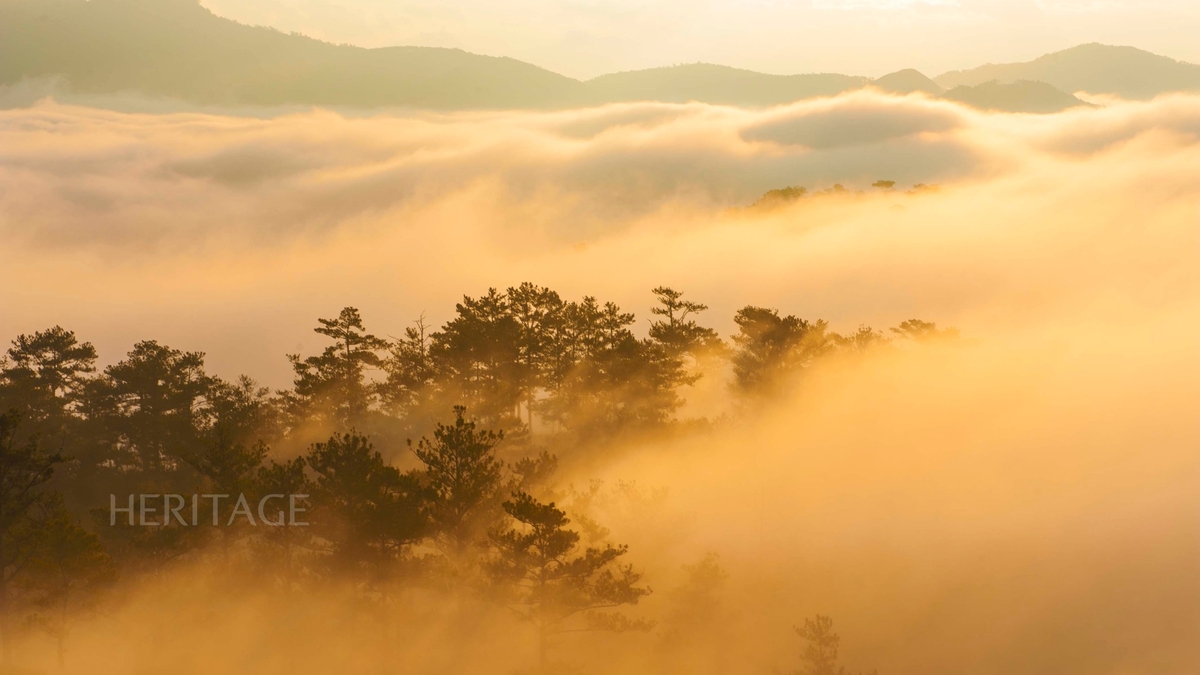

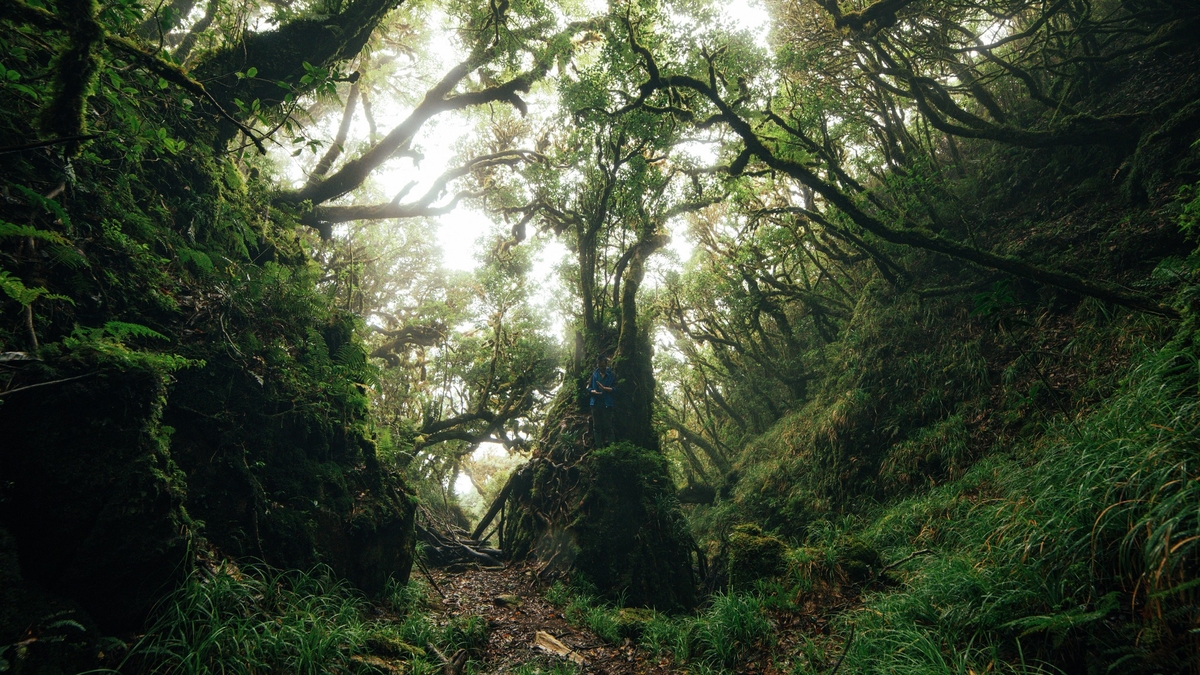
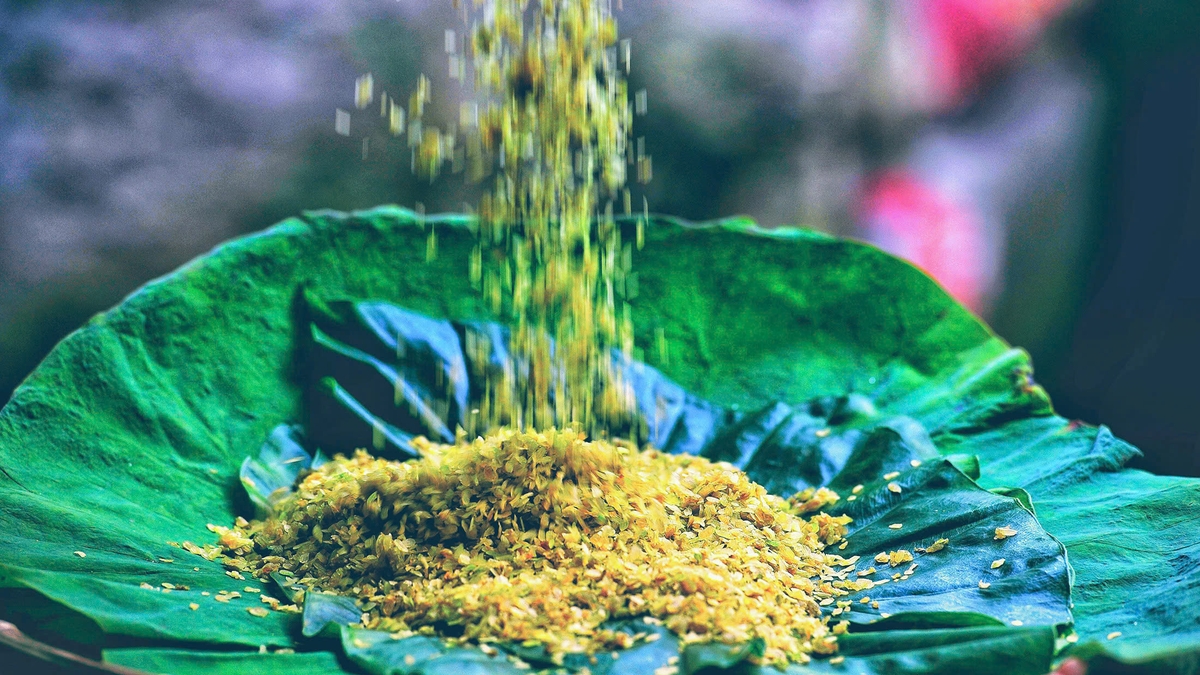

![[Photo] Solemn opening of the 1st Government Party Congress](https://vphoto.vietnam.vn/thumb/1200x675/vietnam/resource/IMAGE/2025/10/13/1760337945186_ndo_br_img-0787-jpg.webp)


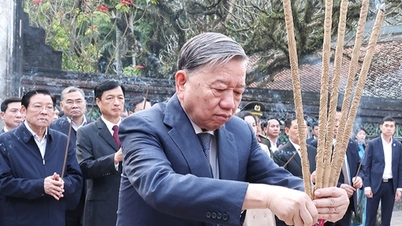

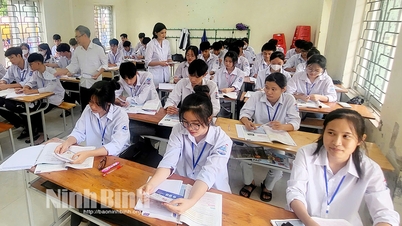

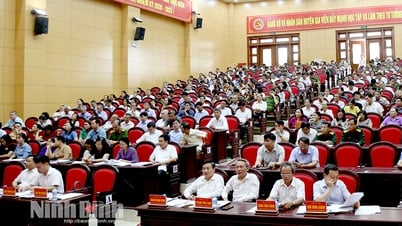
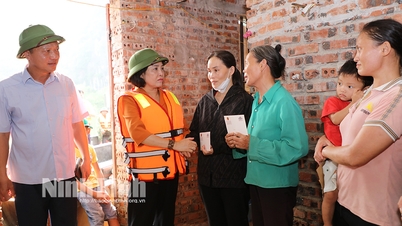
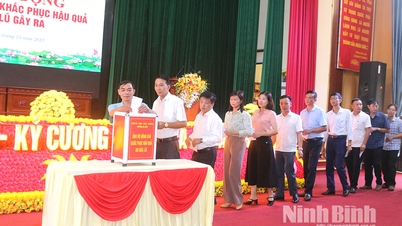





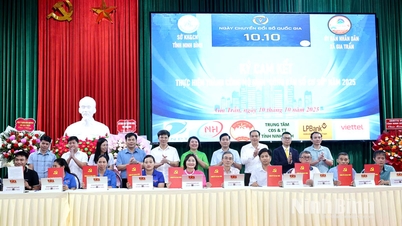



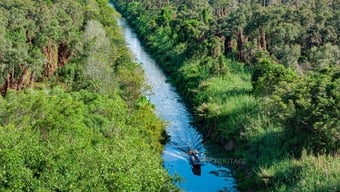
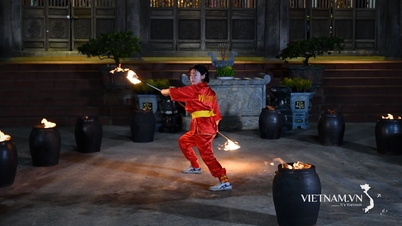




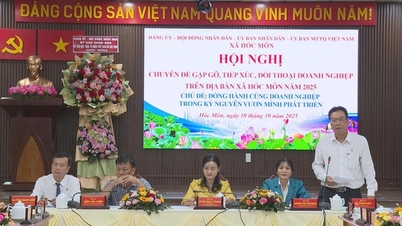
![[Photo] General Secretary To Lam attends the opening of the 1st Government Party Congress](https://vphoto.vietnam.vn/thumb/1200x675/vietnam/resource/IMAGE/2025/10/13/1760321055249_ndo_br_cover-9284-jpg.webp)


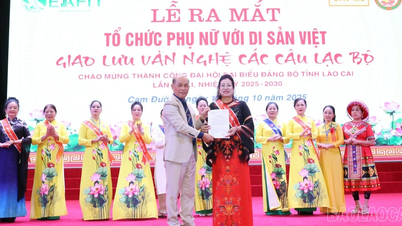

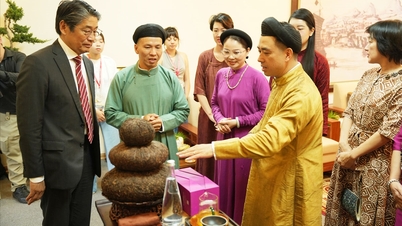





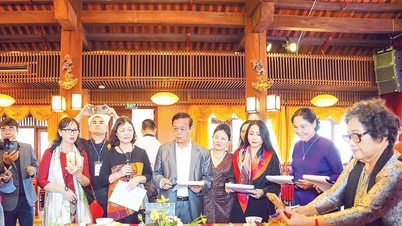
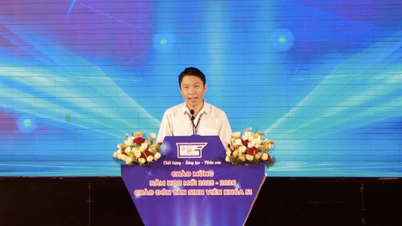









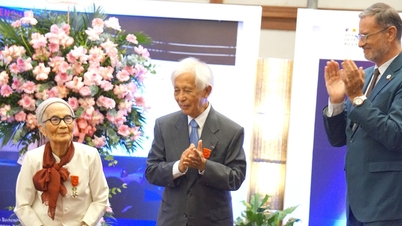








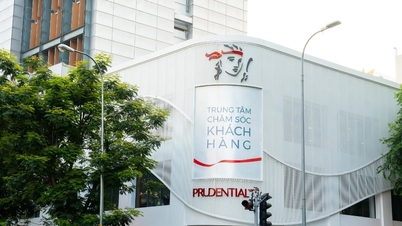


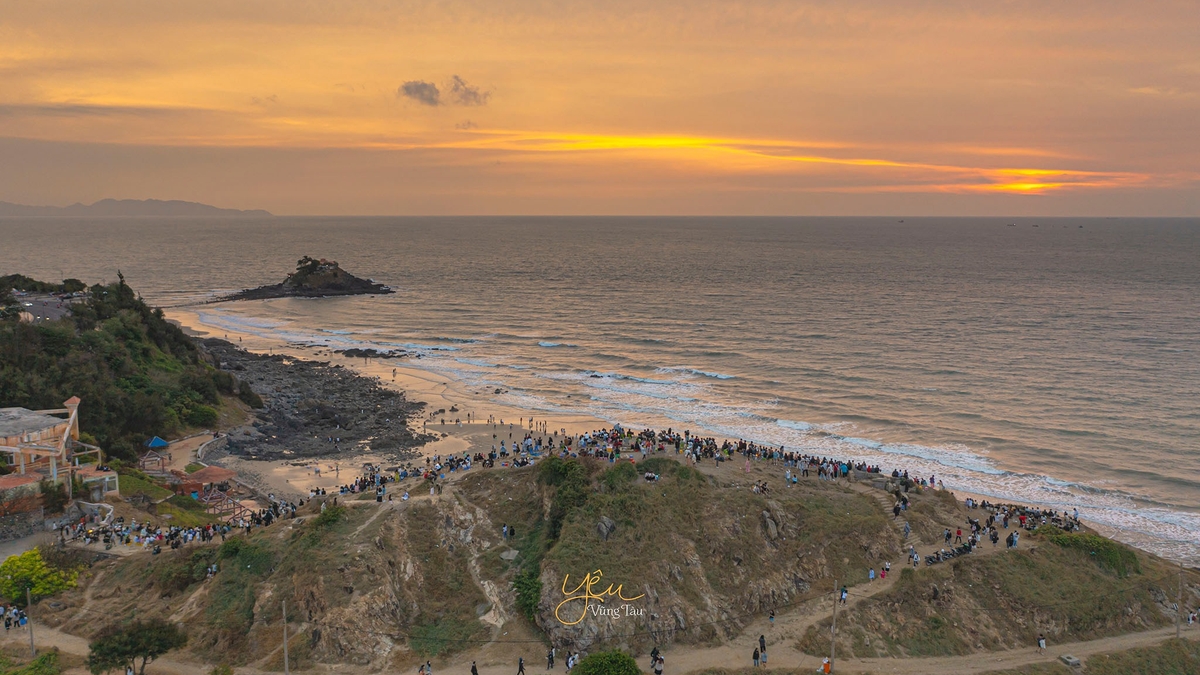









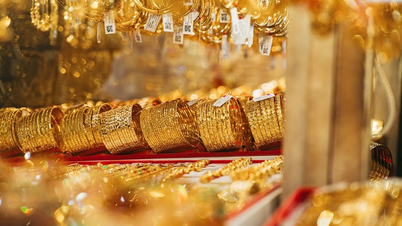



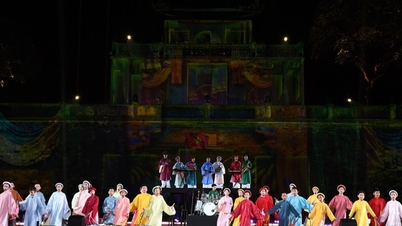





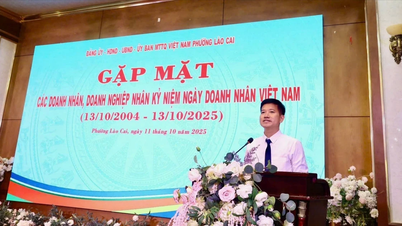
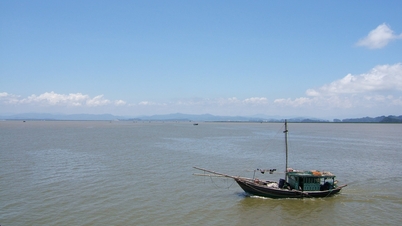









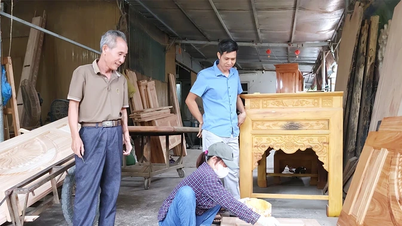










Comment (0)